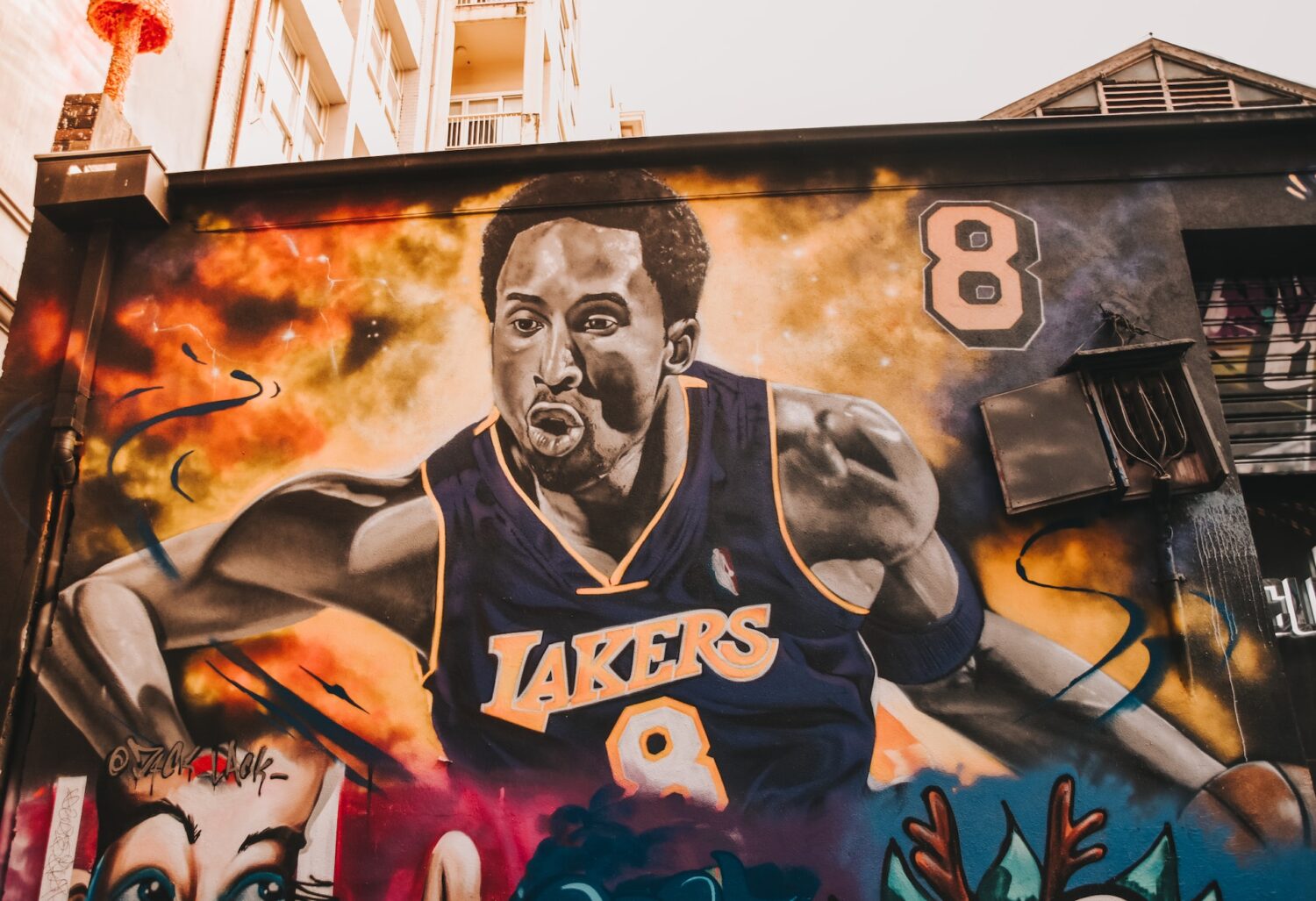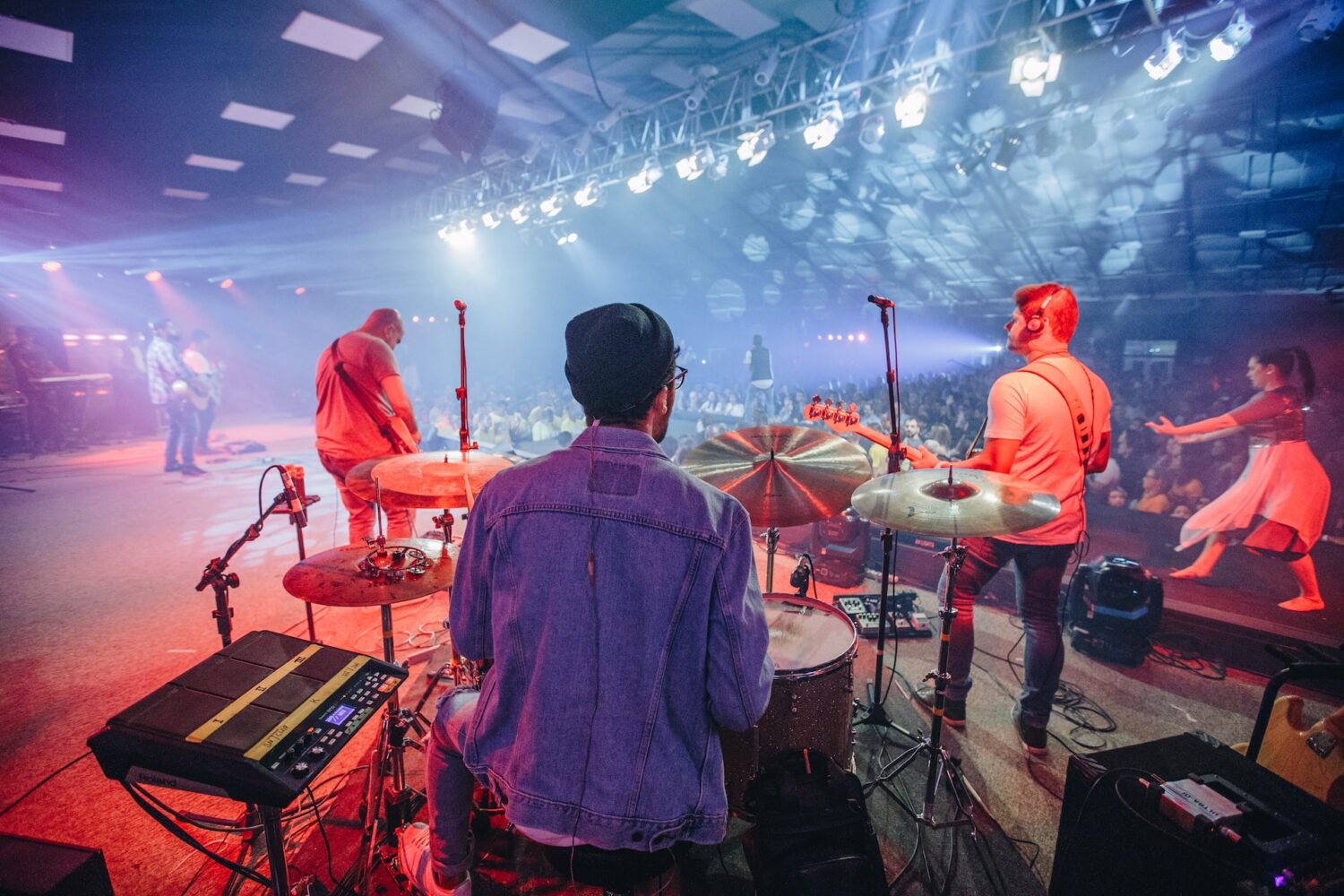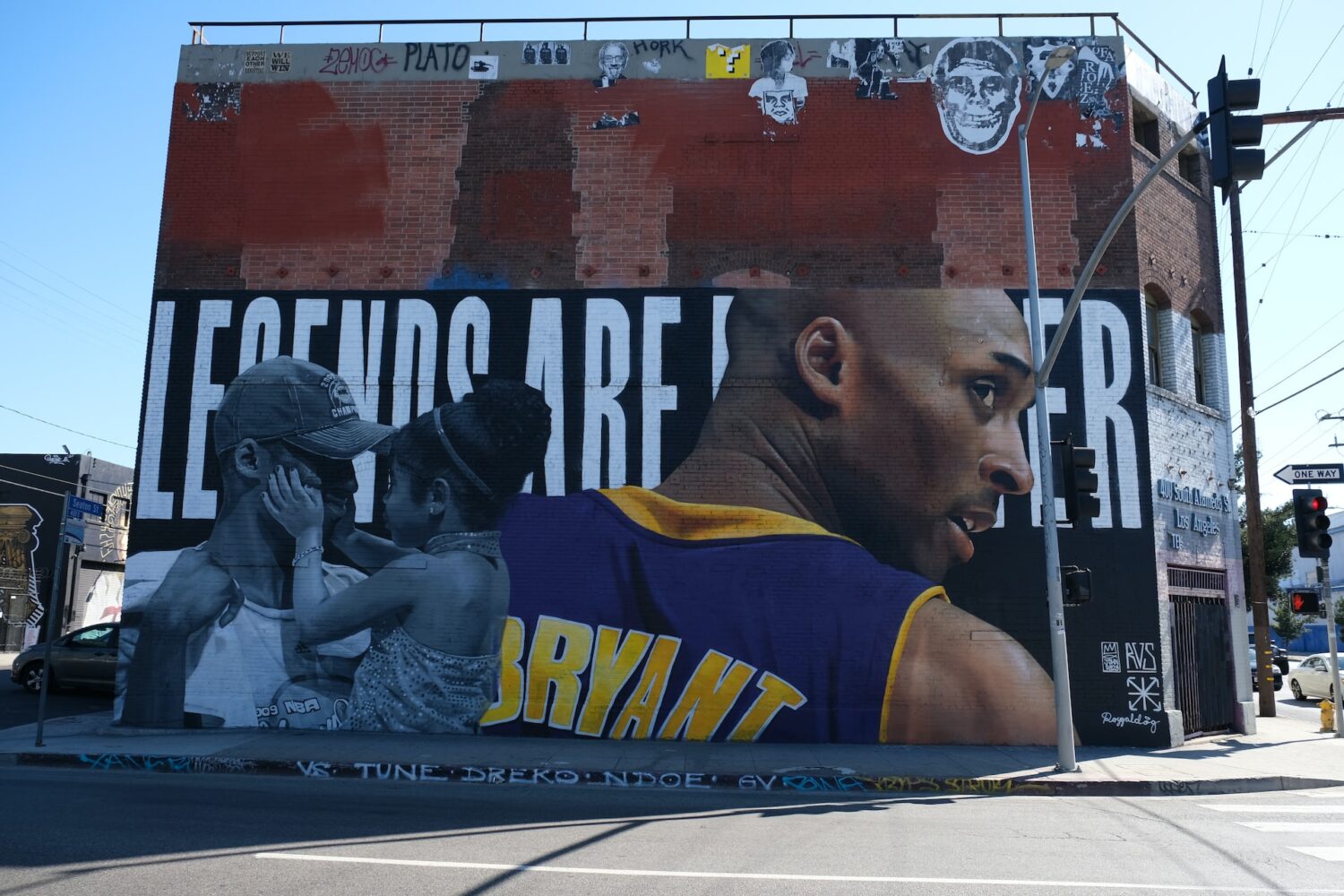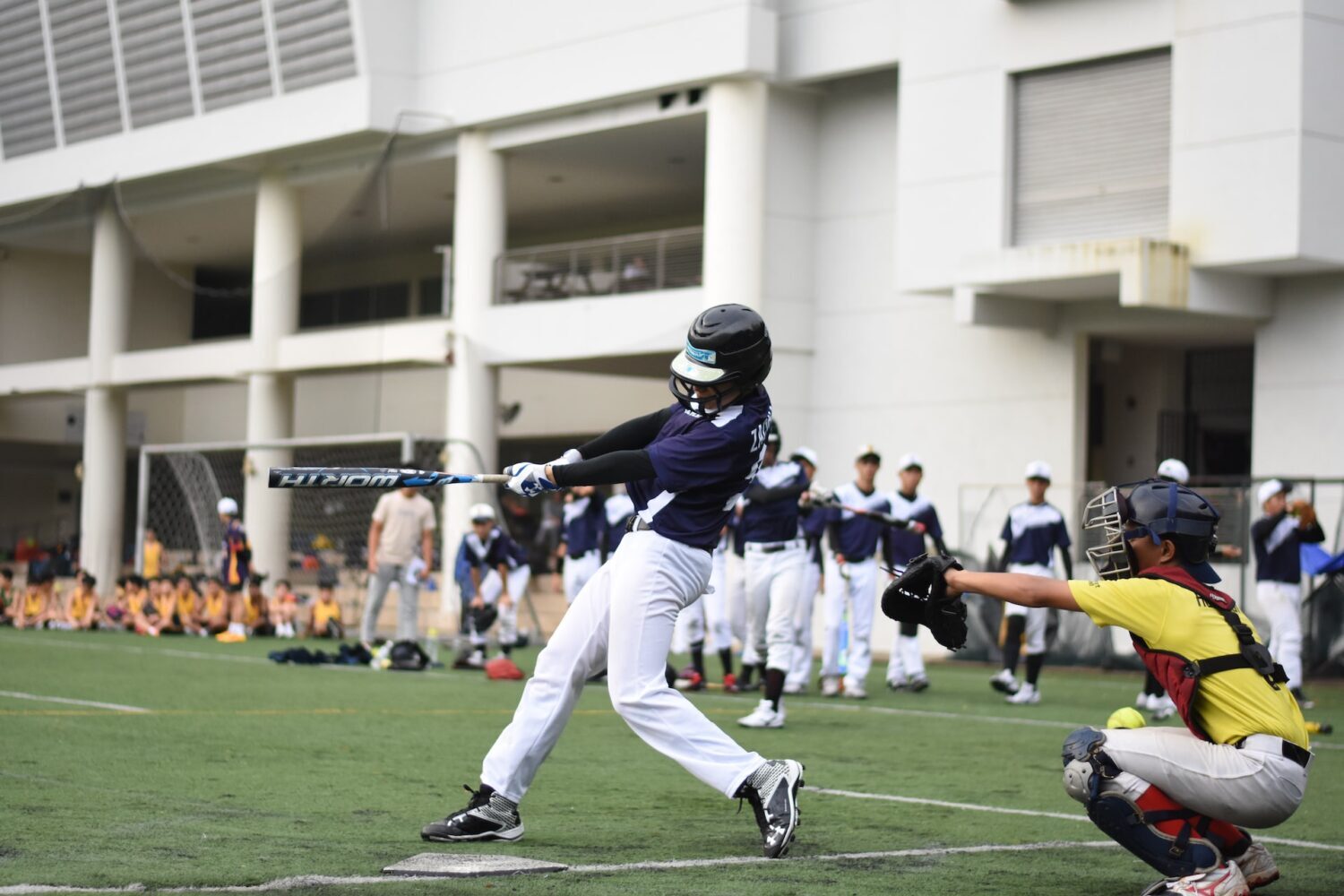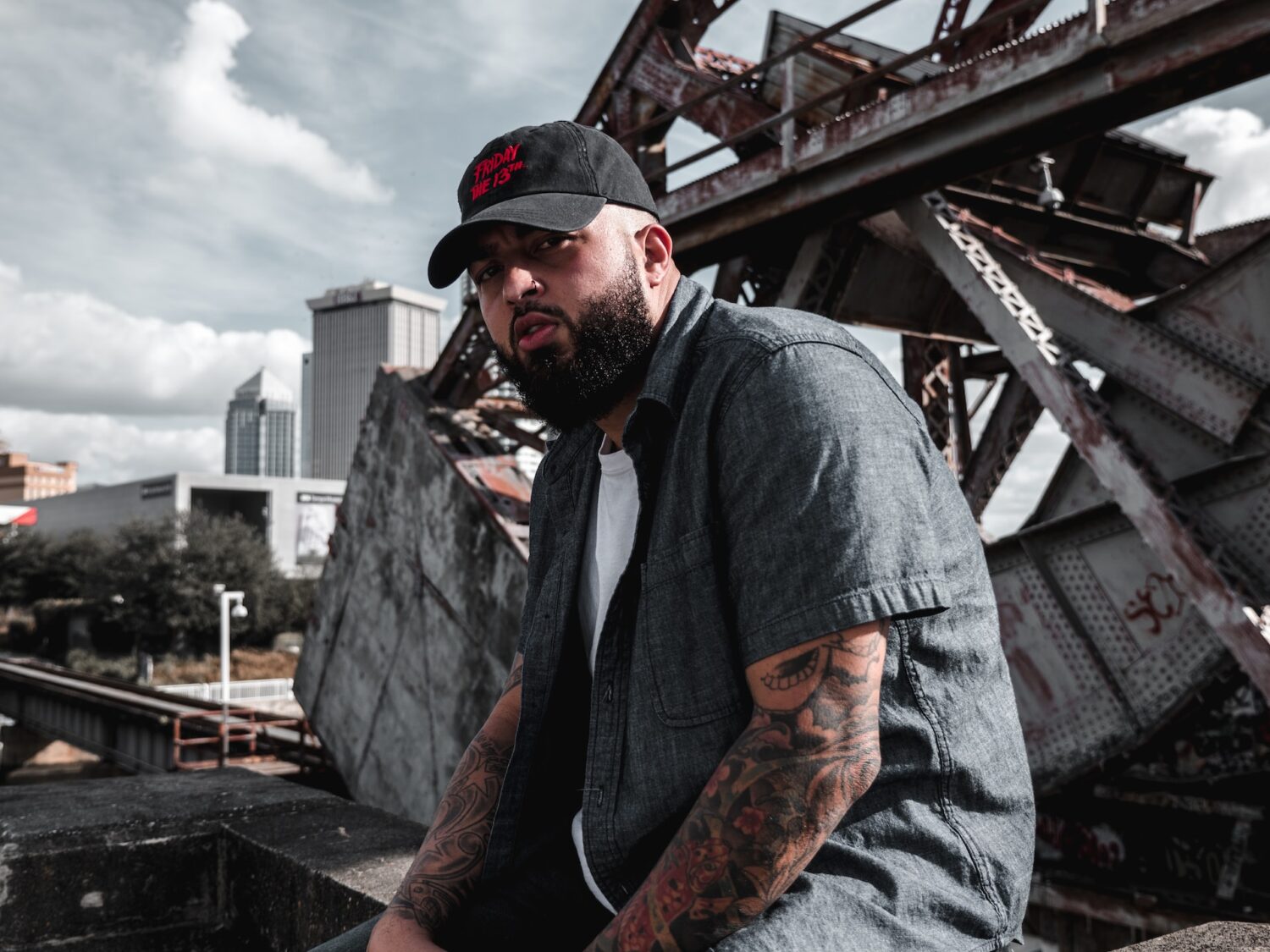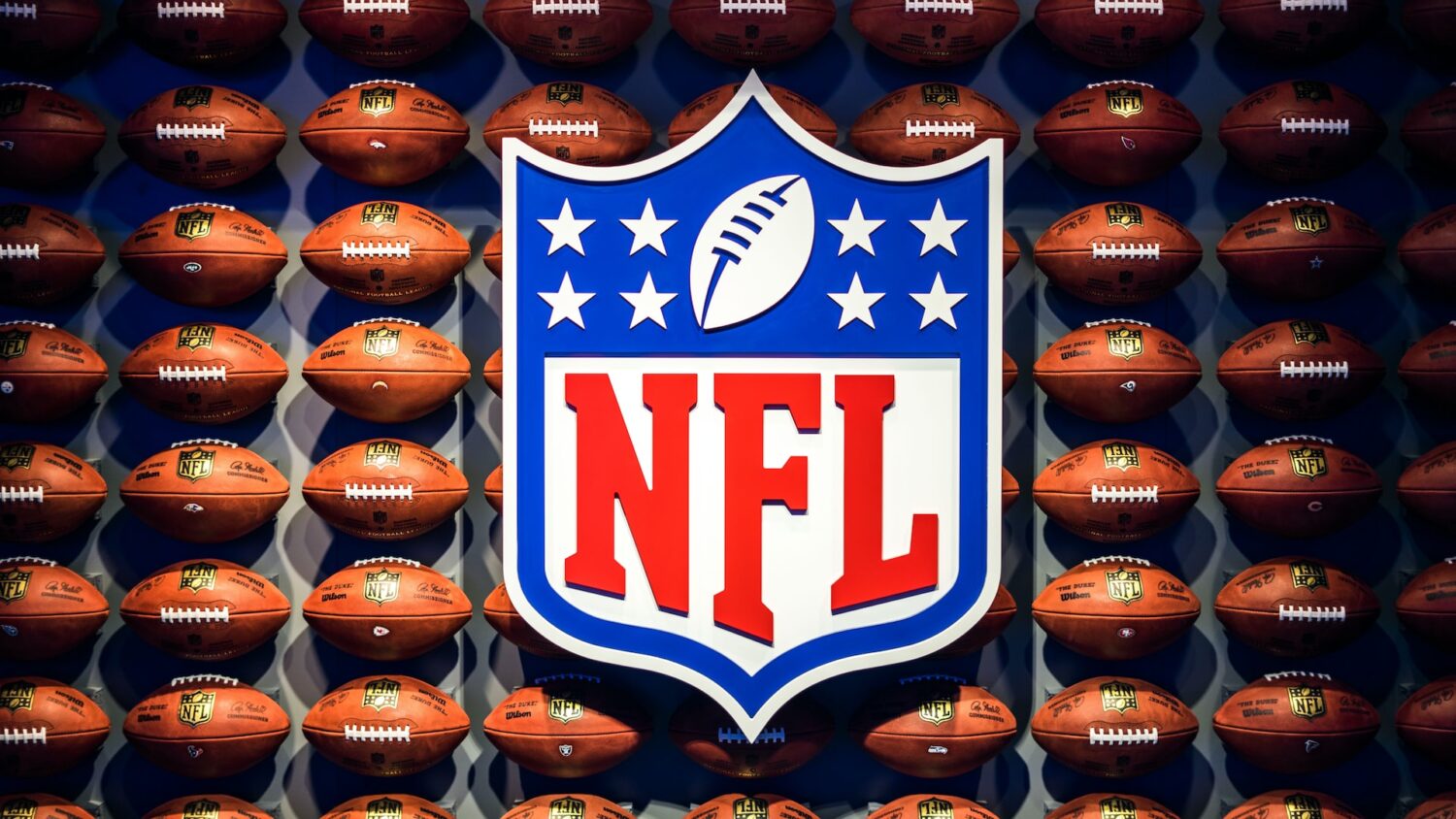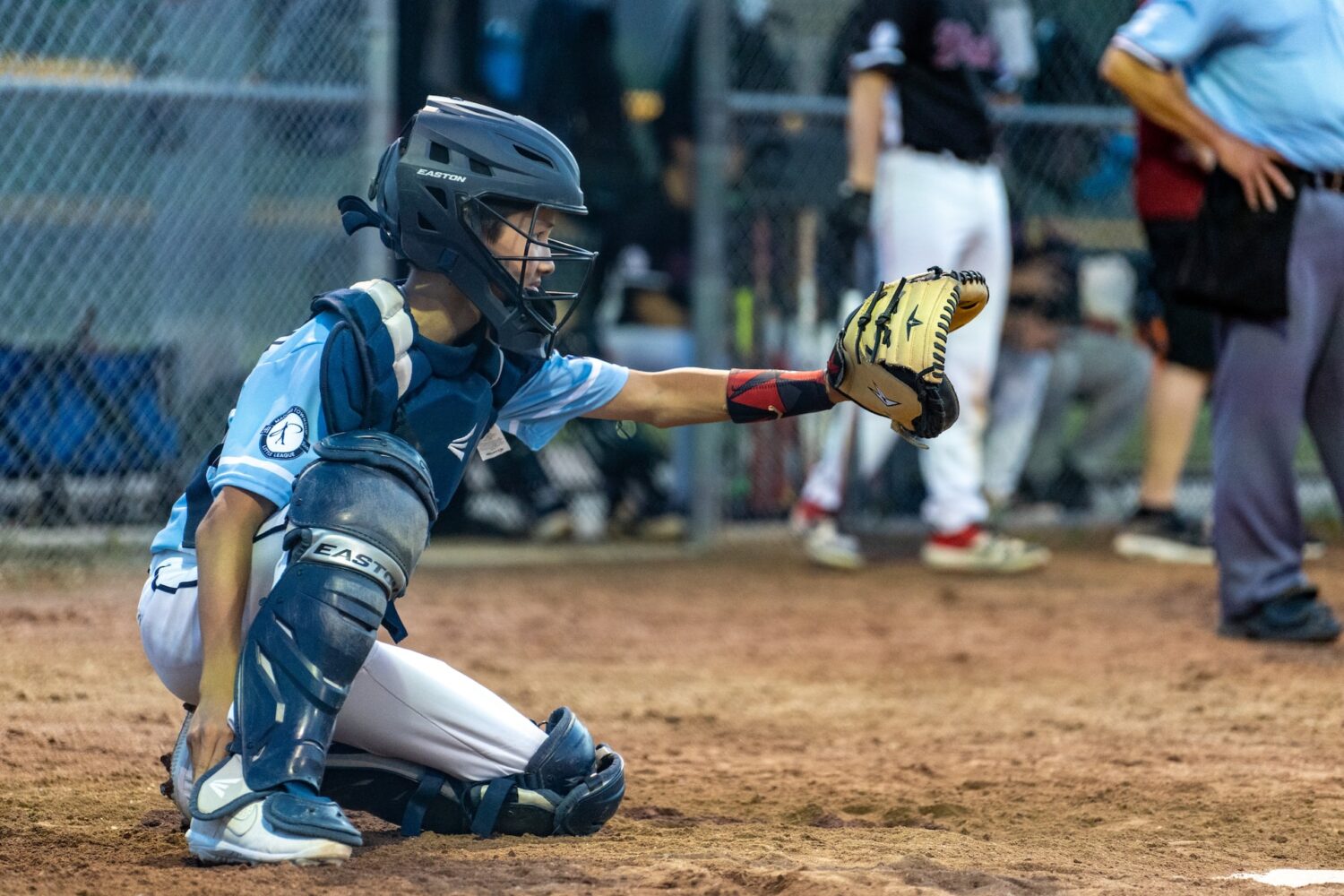Three days and over 1,000 MLB prospects drafted.
The First-Year Player Draft, Major League Baseball’s annual draft is right around the corner. The process itself is a bit confusing and overwhelming, and puts the other drafts, and the sheer number of players who join the pros, to shame. There are 40 rounds, no international players (aside from Canada and US territories) and players could be selected in back-to-back years, that is if they don’t sign the first time around and are eligible.
To say it’s different from other drafts may be an understatement. So how does it actually work?
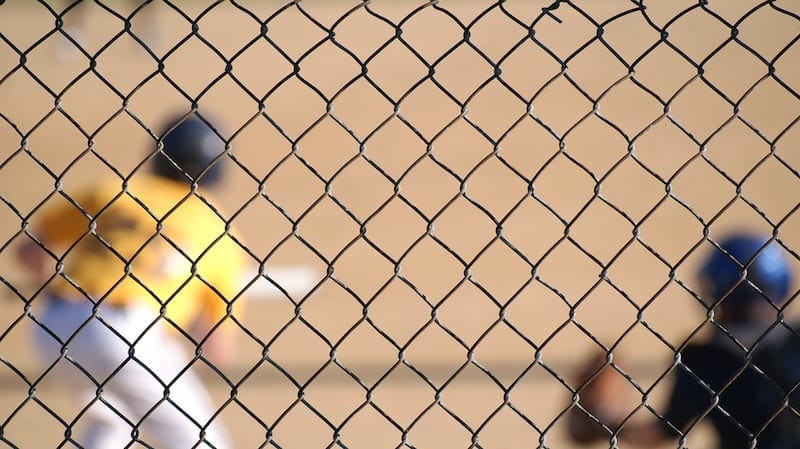
For starters, teams take turns selecting from the best players the sport has to offer, one at a time – this is as similar as it gets to other drafts. The team to choose first is the one with the worst win-loss record, then it continues based on records (worst to best) and “compensations.”
What are these compensations? Those are the different rules as to how teams get another pick in a round (and where it gets confusing), based on free agency and selections from previous years.
These free agency rules were recently changed, in the new Collective Bargaining Agreement ratified in December 2016. The new rules will be implemented for the 2018 Draft and will be phased in during this year’s draft. Previously, a team that signed a free agent with a what are called qualifying offers from his previous team would have to forfeit a first round pick. Now, according to the new CBA rules if,
“Clubs signing a Free Agent subject to compensation will no longer forfeit a first round selection, but will be subject to the following:
- A non-market disqualified Revenue Sharing Payee Club* shall forfeit its third highest remaining selection in the next Rule 4 Draft.
- A CBT Payor shall forfeit its second-highest and fifth-highest remaining selections in the next Rule 4 Draft and shall have its International Signing Bonus Pool (described below) reduced by $1,000,000 in the next full Signing Period.
- All other Clubs shall forfeit their second-highest remaining selection in the next Rule 4 Draft and shall have their International Signing Bonus Pool reduced by $500,000 in the next full Signing Bonus Period.
- All forfeited International Signing Bonus Pool monies will be distributed equally among all other Clubs. Competitive Balance Selections will be exempt from forfeiture.”
As for the free agent’s former team:
“A Former Club of a Free Agent subject to draft pick compensation will receive the following:
- A non-market disqualified Revenue Sharing Payee Club shall receive a selection immediately following the first round of the draft if the player signs a contract with a total guarantee of $50 million or more.
- A CBT Payor Club shall receive a draft selection immediately following the fourth round of the next Rule 4 Draft.
- All other Former Clubs shall receive a selection immediately following the Competitive Balance Round B of the next Rule 4 Draft (which follows the second round).”
The draft order for 2017 was recently announced, with the Minnesota Twins choosing first, after finishing the 2016 season with just 59 wins and 103 losses.
As for the players themselves, for high schoolers, they must graduate from school and not yet play for a four-year college or junior college. If a player chooses to attend a four-year college, he must wait until he completed his junior or senior year, or turn 21 years old. As for junior college, there is no minimum number of years.
The other twist: just because you’re drafted doesn’t mean you have to sign. Many players who were selected out of high school instead choose to go to college and may be eligible to be drafted again the next year (goes back to the college eligibility rules). A team can also draft a player they chose but did not sign the previous year, but only if the player consented to a re-selection.
Since, according to MLB eligibility rules, you must be a citizens of the US (territories included) or Canada to enter the draft, foreigners are obviously not part of the process. Yet in 2017, 259 MLB players, or 29.8% of the league, were born outside of the US (only six of them are Canadian). Those players are able to sign with a major league team whenever they want, even earlier than US and Canadian-born players (mid-high school versus after high-school).
Rob Manfred, the Commissioner, has said he’s open to changing the rules regarding foreign-born players in the draft, saying in 2015 that he’s, “long been a believer that it makes sense for everybody to enter the game through the same mechanism. I think there's a fundamental fairness to have everybody enter the game through the same system.”
Another aspect of the draft that Manfred has discussed changing is its location. Currently the MLB Draft takes place in the MLB Network studios, and fans can watch on TV, but not attend themselves.
The 2017 MLB Draft will take place from June 12-14.



